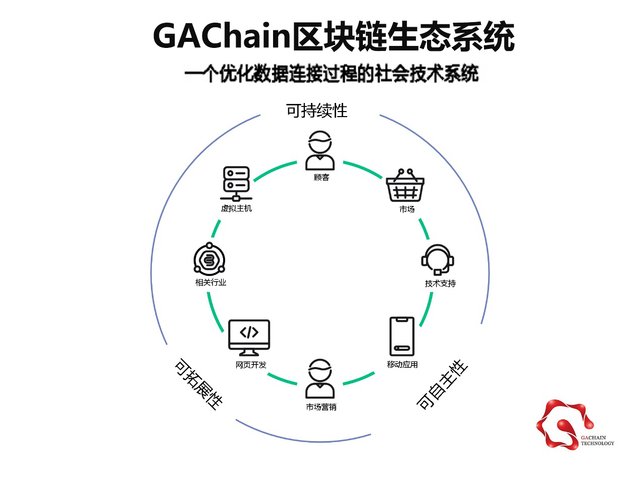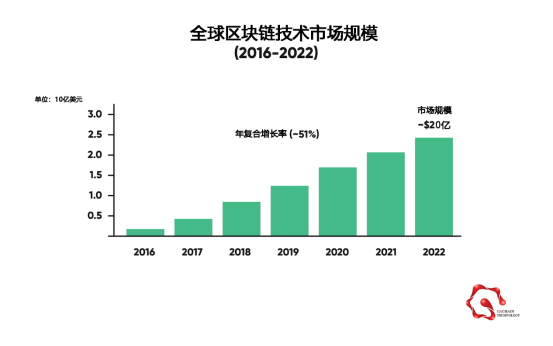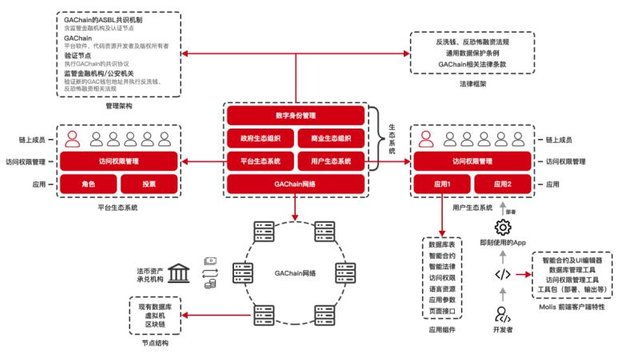Blockchain Ecosystem: What is it About?
As the spark of blockchain revolution is engulfing the world, the technology is becoming more sophisticated as the day goes by. Blockchain engineers the world over are putting thought into turning their product into an engineering marvel and such ideas give rise to buzzwords of the day. Getting a hold on these buzzwords becomes imperative for C-level execs as well as investors so that the knowledge remains perceptible and nothing becomes arcane.
So what is an ecosystem?
Ecosystem is originally a biological term used to describe a community of organisms interacting with each other and their environment. This analogy has extended to the blockchain world in which ecosystem refers to different actors involved and their interaction with one another, the blockchain DApp, and the outside real world.
A typical blockchain may have multiple actors: users, organisations, miners, transactions, developers, engineers, investors, etc. Transactions happen to be the heart of the blockchain network. Without transactions, the blockchain network will become obsolete.
On-chain and off-chain transactions
Understanding of the functional aspects of a blockchain ecosystem can be tricky, but a great place to start would be to learn about on/off-chain transactions.
l Transactions which occur on-chain are the ones which are reflected on the public ledger (the blockchain) and these are visible to all the participants on the blockchain network.
l On-chain transactions infuse trust, decentralization and transparency within the network.
l Off-chain transactions are agreements between actors which are not reflected on the blockchain.
l Off-chain transactions happen to be more cheap, fast, and private.
Let’s dive in deeper to understand the working of blockchain ecosystems by taking up GAChain as a case study.

All GAChain platform users are members of one or more ecosystems. The platform users access these ecosystems by using their private keys. In the GAChain ecosystem, any entity, person or asset is assigned unique digital identity credentials (public key number or hash code). Thanks to GAChain’s global ecosystem model, these credentials can be used to participate in global identity verification exchange.
GAChain chose the ecosystem model for creation of applications because such a model enables implementation of several types of business, social, governmental and other activities autonomously.
In a blockchain ecosystem, autonomy is of utmost importance.
These ecosystems:
Encompass actors which include a large number of applications and users (who create and/or use these applications).
Include a system to manage user roles and access rights for applications and users.
Are self-sufficient systems which can operate on their own; if there is a need to connect and integrate with another ecosystem, that is also possible.
Can be created by any GAChain users.
The creator of an ecosystem is known as an ecosystem founder.
By default, an ecosystem founder holds the complete set of rights for controlling the ecosystem: creating and editing applications, user roles, permissions, modifying ecosystem parameters, etc. However, control of these rights can be transferred to other members of the ecosystem. The procedure for accepting new members into an ecosystem is defined by its founder.
To ensure the autonomy of the ecosystem, the ecosystem founder, along with its members, creates a set of rules to control the operations within the ecosystem. In GAChain, these rules are known as smart laws. The smart law system establishes the rules for modification of access rights and other regulations.
The blockchain industry is growing at an exponential rate. The global blockchain technology market is expected to grow at a compound annual growth rate of about 51% from 2016 to 2022 and is set to exceed a market value of 2 billion USD by 2022.

The statistics are quite overwhelming and exciting indicating the importance and potential of blockchain technology.
Smart laws and consensus algorithms
A necessary element of any organization of any activity are rules, norms, restrictions, by means of which the rights to perform certain actions are established. In an ecosystem, a set of norms and restrictions is formalized in the form of smart laws.
The totality of smart laws constitutes the legal system of the ecosystem.
Smart laws, unlike smart contracts, are formed prior to the commencement of activities and are modified as necessary by the consensus of the members of the ecosystem. The rules for reaching consensus are prescribed in special smart laws.
The way consensus is achieved in a blockchain dictates how decisions are made by the actors and how anything gets done. Consensus always involves group-lead decision making. Hence, consensus protocol used in a blockchain network tells a lot about its degree of security, decentralisability and transparency.

Validating nodes
Participants in the consensus protocol are known as validating nodes. These nodes run the current version of blockchain and have the right to validate transactions and append blocks to the blockchain. The more number of validating nodes in a network, the more secure the network is. Also, the more validating nodes are present in the network, the more time consuming the entire process becomes. Hence, the number of validating nodes has to be capped by employing a specialised parameter.
The right to sign a new block is transferred from one validating node to another subsequently within a defined period of time. In case a node is unable to create and sign a block in the designated time period, the right to sign the block is assigned to the subsequent node in the validating nodes list. This network structure provides for a maximization of the performance capacity necessary for operation of applications in digital ecosystems.
Consensus protocol
There is a range of consensus protocol available for engineers to choose from. Even if no existing protocol suits the ecosystem, a new protocol can also be tailored from scratch. Some common protocols are Proof of Work (PoW), Proof of Stake (PoS), Proof of Authority (PoA), etc. Each of these functions differently with their own pros and cons.
With PoA, the main criterion for forming the list of validating nodes is NOT by taking into account the processing power (like PoW does), nor does it take into account the presence of a “share” (like PoS does). Rather, the authority of the node governs the consensus protocol.
In GAChain, to gain authority the applicant must be registered in the platform ecosystem by GAChain Consensus ASBL after completing the onboarding process and obtaining a majority of votes from the existing validating nodes. Voting takes place in the platform ecosystem, and if the outcome is positive, the data on the new validating node is sent by the transaction to the network where they are added to each parameter in the list of validating nodes.
A final word
The ultimate aim in engineering an ecosystem model in blockchain is to enhance the factor of autonomy and performance. As the industry grows and the technology matures, new solutions will surface to cater to existing problems. A growing number of use cases can be thought of and implemented, keeping in mind the ecosystem model to solve real world issues like international remittances and legal compliance. This is just the beginning, a lot more is yet to come.